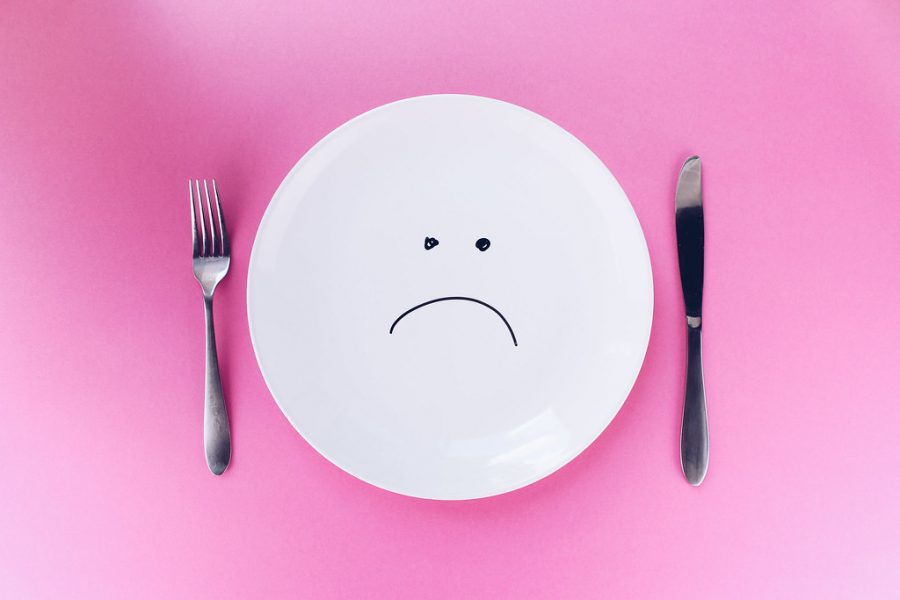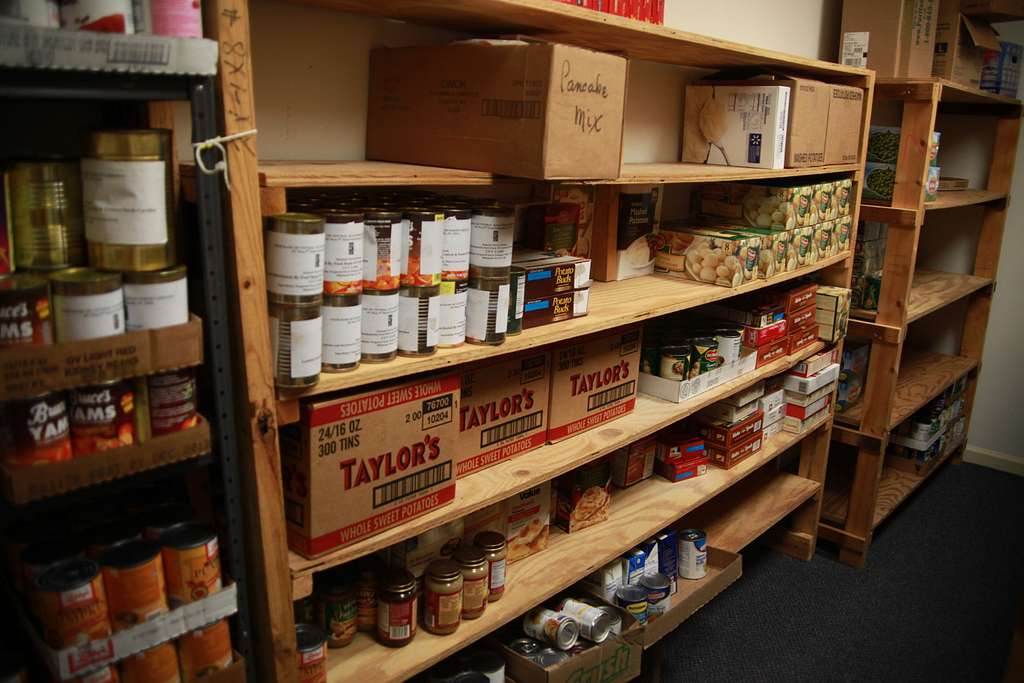The unknown future of our foods
Due to the negative effects of climate change, the food system could see potential threats that could leave many populations without some of the necessary foods needed to survive. Becoming more aware of sustainability could work to improve the issues affecting agriculture and food production.
December 17, 2019
The association of food means something different to everyone. Your perception of food correlates to comfort, mood, energy, community, or even to mend a broken heart. What would happen if some of these foods went extinct? The reality is, with changing climate patterns and lack of sustainability and resources, these issues could open the door to some of your favorites foods becoming extinct. Not only will these foods be gone for our pleasure, but for some parts of the world, certain foods are essential to their diet and could pose a threat to the survival of future populations.
Right now the holiday season is in full swing, and people are counting down the days to Christmas. Treats and sweets associated with this time of year make you think of chocolate. Millions of dollars are spent each year to buy chocolate for Christmas. Chocolate is essential for the holidays, but is also a symbol of love, a mood booster, and can even have some nutritional benefits. The majority of cacao beans are grown in West Africa and thrive in regions that are near the equator where the climate is hot and humid. The growing conditions for cacao have seen changes. For example, the soil has been impacted by the increase in heat. The increase of heat has affected the humidity, which is key for growth. The International Center for Tropical Agriculture suspects that climate changes could harm farmer’s yield and result in a decrease in chocolate by 2030.
Not only does climate change threaten the chocolate supply, but it may also harm coffee beans and strawberries. Coffee is a morning staple for many people around, and senior Alison Money “would hate to see coffee go extinct because it’s that extra push you need sometimes on a rough day.” Bees contribute to the pollination of coffee beans, and there have been drastic drops in the number of them due to increased temperatures. Strawberries are affected by this as well. Florida is one of the top producers of strawberries, and the rising heat has definitely taken a toll on farmers. Strawberries have strict growing factors such as fresh air. With the excessive amounts of emissions being released into the air, the future seems grim.
In the United States, we have a surplus of food available for consumption, but in underdeveloped countries, people rely on a major crop or food group for survival. Rice and other grains are heavily depended on by the majority of the world. Grains provide sufficient amounts of calories for areas where getting a diverse range of calories is not possible. Unfortunately, these country’s main sources of food could decrease in years to come. Rice could be threatened by temperatures because for the majority of the growing time they need soil that is consistently moist. Hotter weather could put one of the most important food crops in danger.
More foods that could be on the verge of extinction are avocados, soybeans, maple syrup, chickpeas, stone fruits, bananas, and peanuts. These foods are staples to millions of diets, and it is sad to know that there could be a future without guacamole, hummus, or peanut butter! What these problems have in common are the strains that have been made on our environment. If we employ more sustainable practices and products for the different sectors of our lives, there may be a way to reverse the many effects that have already happened and protect our most beloved foods.












